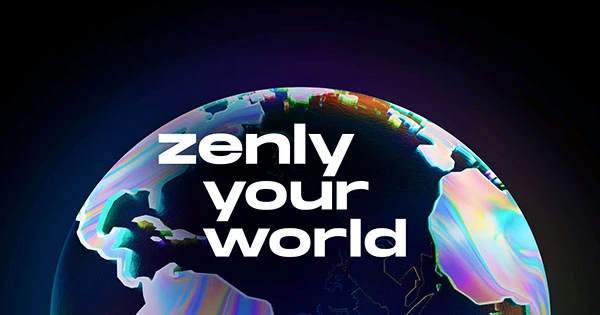Zenly has always seemed like a modest social app with the potential to grow into something enormous. However, it turns out that Zenly is quietly growing into a social powerhouse without anybody noticing – at least until now. The app was created in Paris and was acquired by Snap-in 2017. But that was only the beginning of Zenly’s incredible development story. The app currently has 35 million monthly active users, according to internal corporate data.
Zenly is delivering its most significant overhaul to date today. Zenly co-founder and CEO Antoine Martin is leveraging this milestone to exit the firm in just a few weeks when the upgrade rolls out on the App Store and Play Store. Let’s take a step back and look at Zenly’s initial concept. I initially wrote about Zenly in 2016. When you first started the program, you were provided with a map that displayed your position as well as the locations of your friends.
“This isn’t just another texting service.” This is not a social media platform. This is not a service. It’s something that sits in the middle of everything. I commented at the time, “And I keep opening the app.” That vision has remained mostly unchanged. Zenly is still working on the ultimate social mapping app. It’s a risky wager that’s been in the works for years. And the all-new Zenly may attract a new generation of users.
People and locations, Zenly has been doing better than ever in terms of metrics. Zenly was the tenth most downloaded social app worldwide in March 2022, according to data.ai (previously App Annie). There are currently nine applications in front of Zenly. Popular social applications like Discord and Twitter, on the other hand, aren’t expanding at the same rate as Zenly. There’s a reason Zenly is now performing so well. “When the lockdown regulations are relaxed and people walk out again,” Antoine Martin explained.
“It’s still a very personal, highly contextual, and very social product.” Martin, Antoine. However, the corporation does not wish to remain stationary. For the last week, I’ve been using the new app. The revamp is first perplexing, but it lays a solid platform for the future. The design language is radically different, thus it doesn’t appear like Zenly. Some new features have been added, while others have been improved. Zenly used to be full of rainbow hues, animated emojis, and other fun design aspects. It was slick and entertaining, but it also reminded me of a supermarket candy aisle.
The revamped Zenly app has a much more serious vibe to it. The backdrop of profile displays and discussions is now black. The major controls at the bottom of the screen resemble neon signs at a hip restaurant. Zenly hopes to appeal to a broader audience with its fresh look and feel. “What is attractive to today’s college students all across the world?” Antoine Martin said it succinctly. Zenly now uses thin, beautiful typefaces instead of strong, rounded fonts. You’ll also see the map’s constant overlay in varying shades of yellow and orange. It shows your footprints, just as in strategic video games. It indicates where you’ve gone and where you haven’t been yet.
















